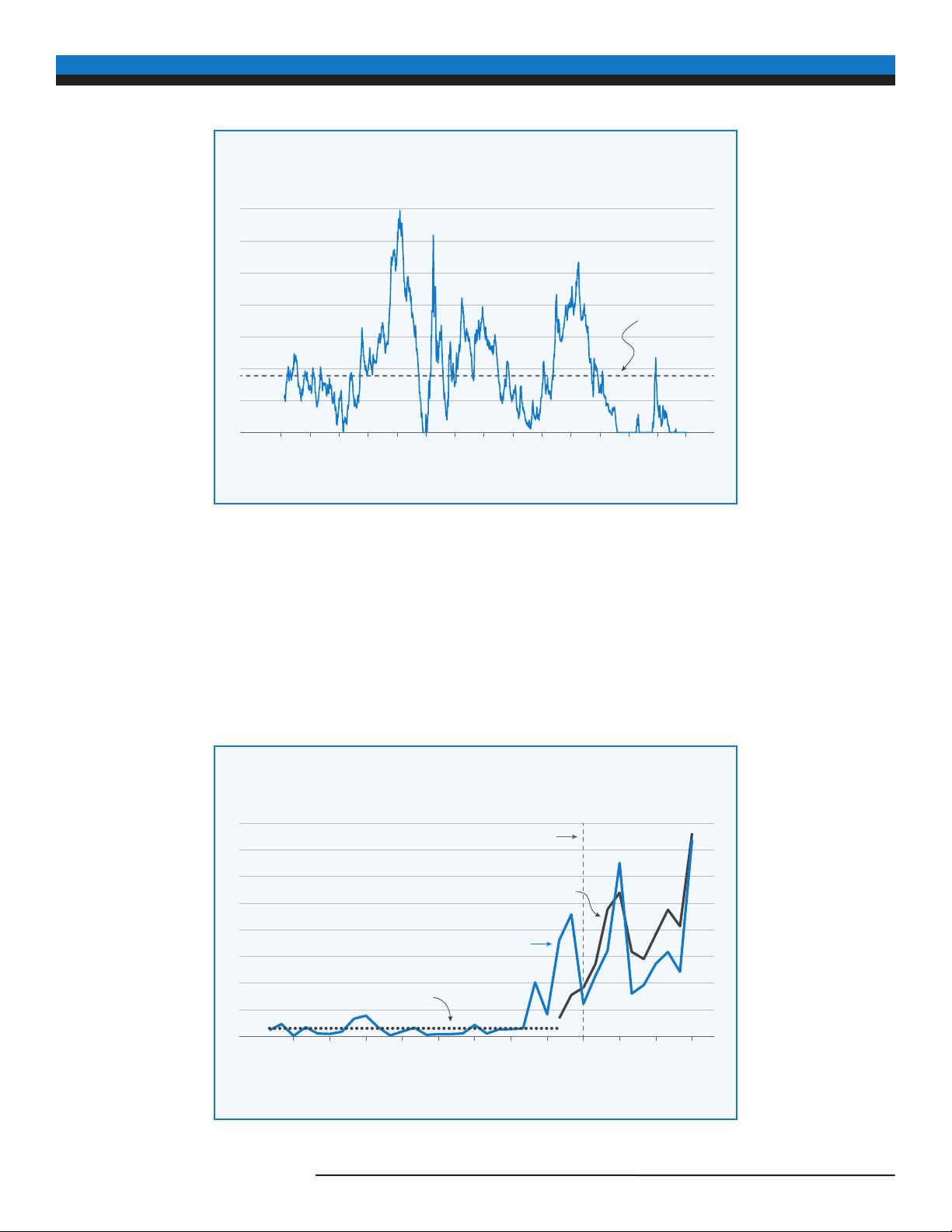"土地制度与农业生产力:分配不当的影响"
需积分: 0 107 浏览量
更新于2024-03-11
收藏 2.67MB PDF 举报
&P 500 index.
In the research paper "The Impact of Land Institutions and Misallocation on Agricultural Productivity," the authors explore the relationship between land institutions, land misallocation, and agricultural productivity. They find that ineffective land institutions and misallocation of land can have significant detrimental effects on agricultural productivity.
The authors begin by discussing how land institutions, such as property rights, land tenure systems, and land distribution policies, play a critical role in shaping agricultural production. In societies where land institutions are weak or ambiguous, farmers are less likely to invest in their land or adopt efficient farming practices. In addition, land misallocation, where land is distributed inefficiently or unequally, can further exacerbate these problems.
Through their analysis of data from multiple countries, the authors provide empirical evidence that shows a strong correlation between weak land institutions, land misallocation, and lower agricultural productivity. They demonstrate that countries with clear and secure property rights tend to have higher levels of agricultural productivity, as farmers are more incentivized to invest in their land and adopt modern farming techniques.
Furthermore, the authors highlight the importance of addressing these institutional and misallocation issues in order to improve agricultural productivity and promote economic growth. They suggest policy interventions such as land reforms, land redistribution, and strengthening property rights to ensure that land resources are utilized more effectively and equitably.
Overall, the research paper emphasizes the crucial role that land institutions and the proper allocation of land play in shaping agricultural productivity. By addressing these challenges, policymakers can help unlock the full potential of agriculture and drive sustainable economic development.
2021-04-24 上传
2021-04-24 上传
2024-05-24 上传
194 浏览量
2021-10-02 上传
2022-01-14 上传
249 浏览量
101 浏览量

icwx_7550592
- 粉丝: 20
最新资源
- 华东师大教程:MSP430超低功耗单片机原理与应用详解
- 人力资源管理系统详细设计与功能解析
- Engine中的鹰眼功能实现及问题探讨
- 人力资源管理系统概要设计与功能解析
- ArcGIS World第一期:ArcObjects与GIS应用开发深度解析
- Spring框架基础教程:面向接口与Ioc探索
- Spring框架开发者指南
- Java程序员代码规范指南
- J2EE开发编程规范详解:排版、注释与编码指南
- Vinko科技J2EE开发编程规范1.0
- HP OpenVMS调用标准详解
- 孙鑫VC++讲座笔记-文本编程与插入符操作
- Fedora8技术详解与应用指南
- Delphi常用函数解析:DeleteFile, DirectoryExists, DiskFree等
- Delphi常用函数:时间、文件操作与字符串转换
- C语言数据结构与算法程序合集










